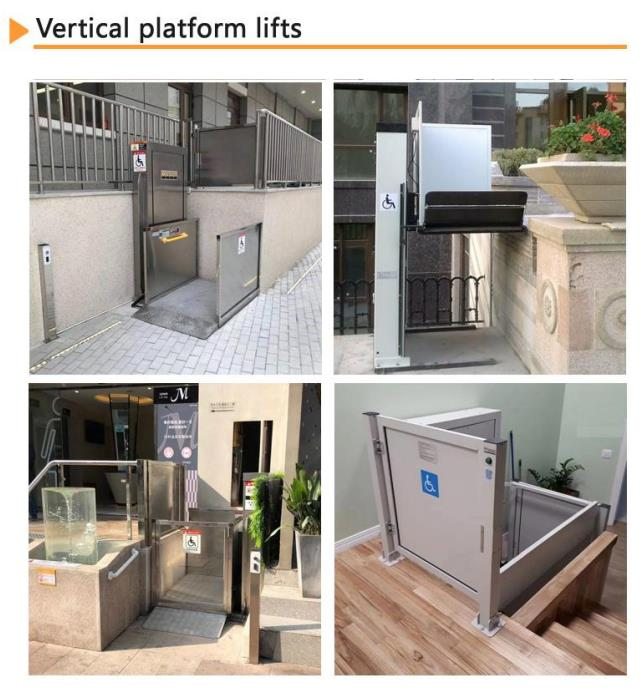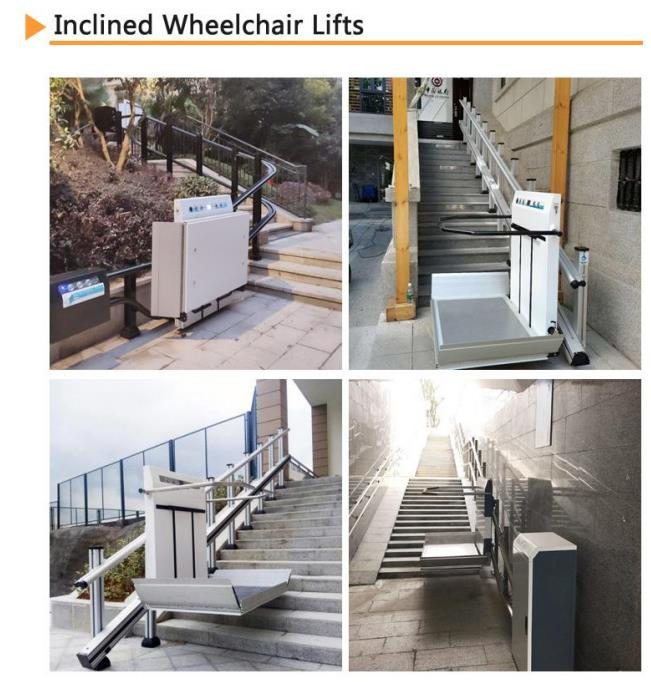Wheelchair lifts for stairs are indeed a practical solution for providing accessibility to individuals with mobility impairments. These lifts are designed to assist wheelchair users and individuals with limited mobility in navigating stairways and overcoming architectural barriers. They offer increased independence and facilitate access to different levels of a building, ultimately promoting inclusivity. In this article, we will discuss the practicality of wheelchair lifts for stairs, their benefits, different types, and considerations for installation.
One of the primary advantages of wheelchair lifts for stairs is that they eliminate the need for individuals with mobility impairments to transfer out of their wheelchair to ascend or descend stairs. This saves time and effort, minimizing the risk of accidents or injuries associated with transfers. Wheelchair lifts provide a seamless and convenient means of accessibility, enhancing the overall user experience.
There are different types of wheelchair lifts for stairs, including vertical platform lifts (VPLs), inclined platform lifts, and stairlifts. VPLs are a common choice for commercial and residential settings, as they can be easily integrated into the existing infrastructure. They can be installed indoors or outdoors, making them suitable for a variety of applications. Inclined platform lifts, on the other hand, are designed for more complex and curved stairways, allowing wheelchair users to traverse them smoothly. Stairlifts are another option that involves installing a chair onto a rail system attached to the stairs, enabling users to be comfortably transported up and down the staircase.
The practicality of wheelchair lifts for stairs extends beyond its functionality. These lifts contribute to creating an inclusive environment and ensuring equal access for all individuals. By providing an alternative means of transportation, wheelchair lifts promote social integration and reduce barriers that often segregate people with disabilities. This enhances their quality of life and allows them to participate fully in various activities, including employment, education, and social engagements.
Furthermore, the installation of wheelchair lifts for stairs offers numerous benefits for individuals with mobility impairments and their caretakers. The lifts are designed with safety features such as non-slip surfaces, edge protectors, and secure restraints that ensure a secure and comfortable ride. They also adhere to accessibility standards and regulations, ensuring compliance with legal requirements. Wheelchair lifts are typically operated by a user-friendly control panel, making them easy to operate for individuals with limited dexterity or cognitive abilities.
Additionally, wheelchair lifts for stairs are often customizable to accommodate different architectural designs and specific user requirements. They can be tailored to fit narrow, spiral, or curved staircases, allowing for versatility in installation options. Manufacturers offer a range of design choices, including color selection and materials that can seamlessly blend with the surrounding architecture, preserving the aesthetics of the building.
However, when considering the practicality of wheelchair lifts for stairs, certain factors should be taken into account. Space availability, budget constraints, and maintenance requirements are all crucial considerations before installing a wheelchair lift. The installation process may involve structural modifications or adjustments, so it is advisable to consult with professionals to ensure a seamless integration into the existing infrastructure. Additionally, regular maintenance and inspections are necessary to ensure the lift’s continued functionality and safety.
In conclusion, wheelchair lifts for stairs are a practical solution for providing accessibility. They offer numerous benefits, including increased independence, safety, and social inclusion. The various types of wheelchair lifts available cater to different architectural designs and user needs, providing versatile options for installation. While certain considerations exist, such as space availability and maintenance requirements, wheelchair lifts for stairs are a worthwhile investment for promoting accessibility and ensuring equal access for individuals with mobility impairments.


